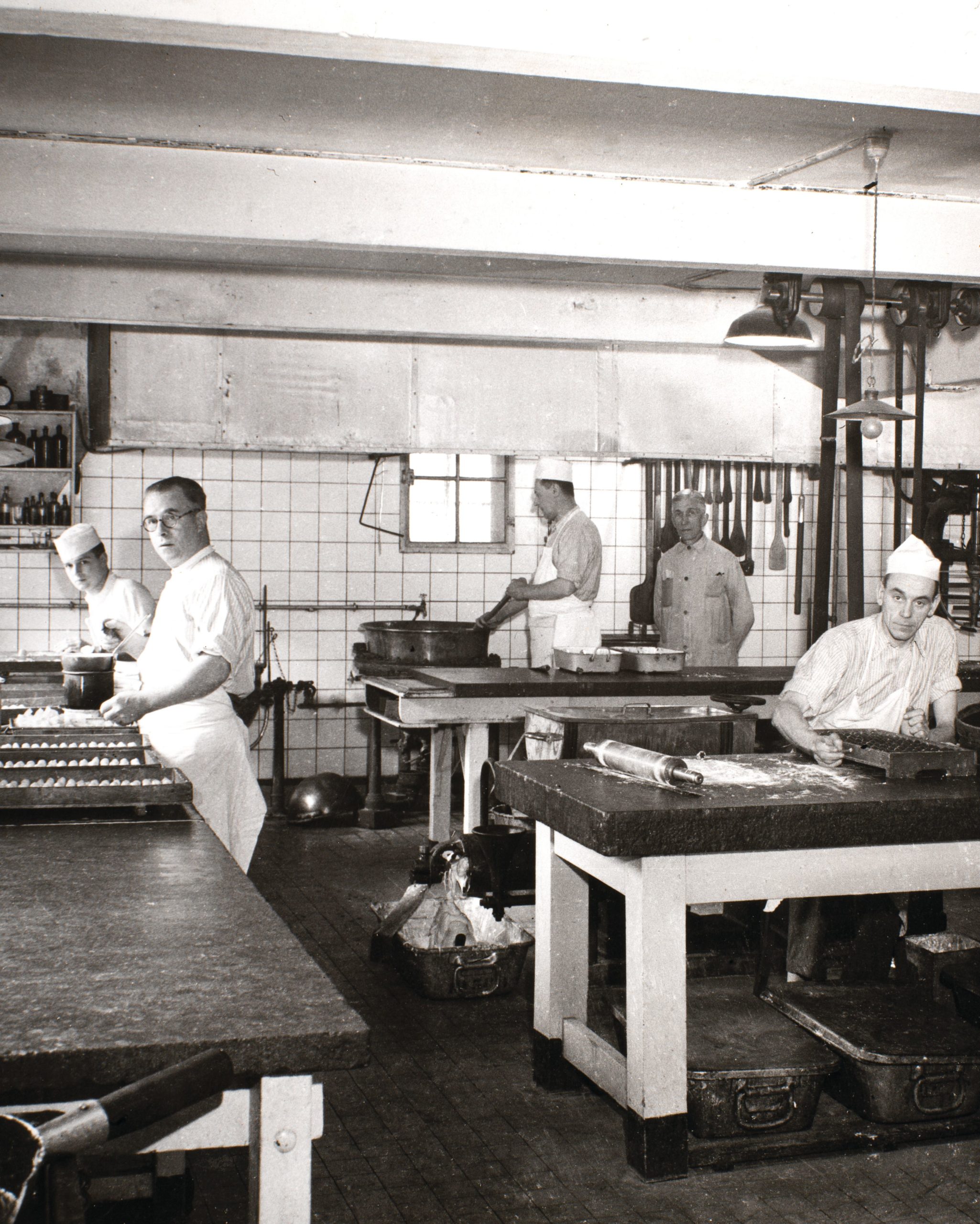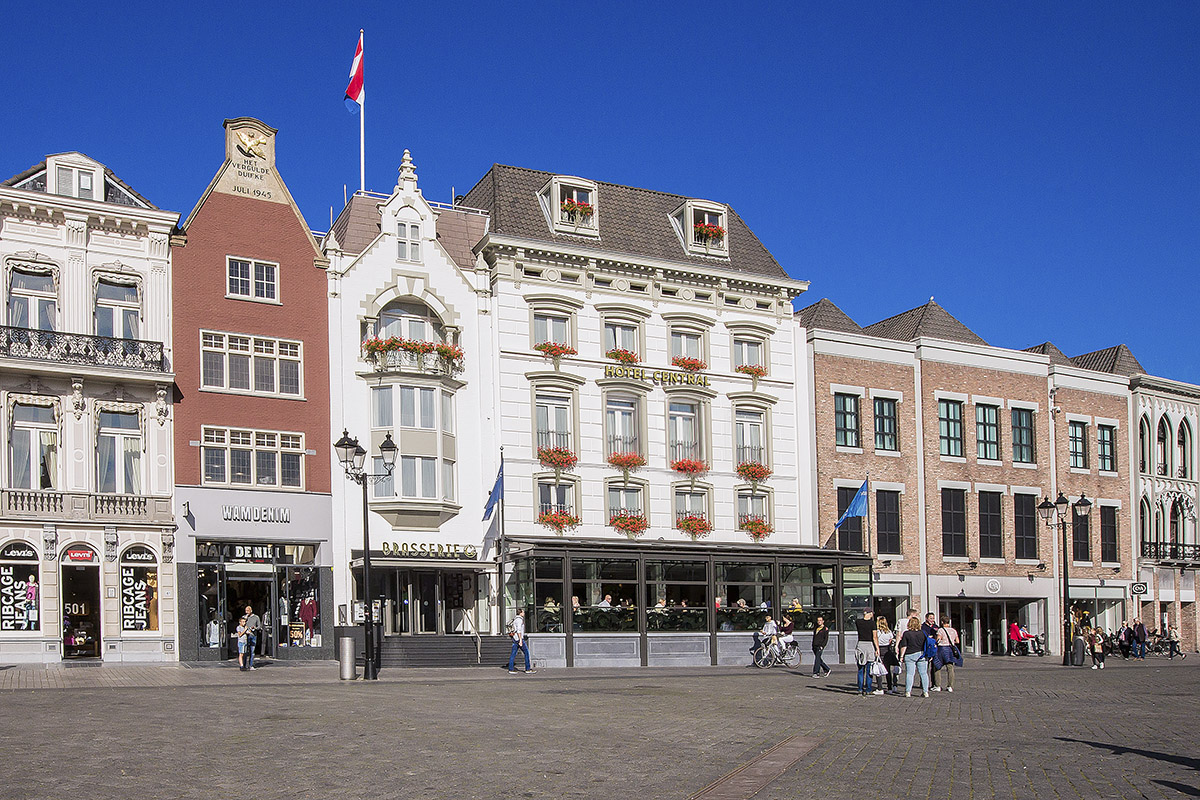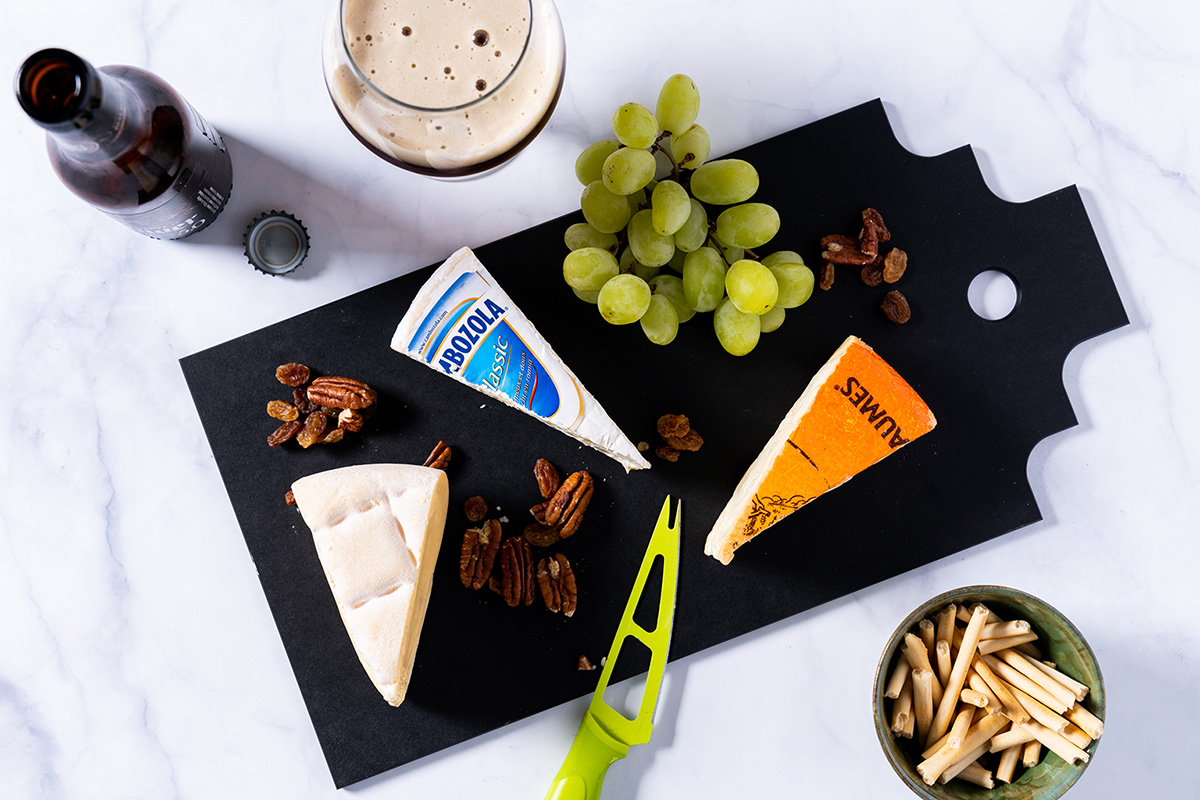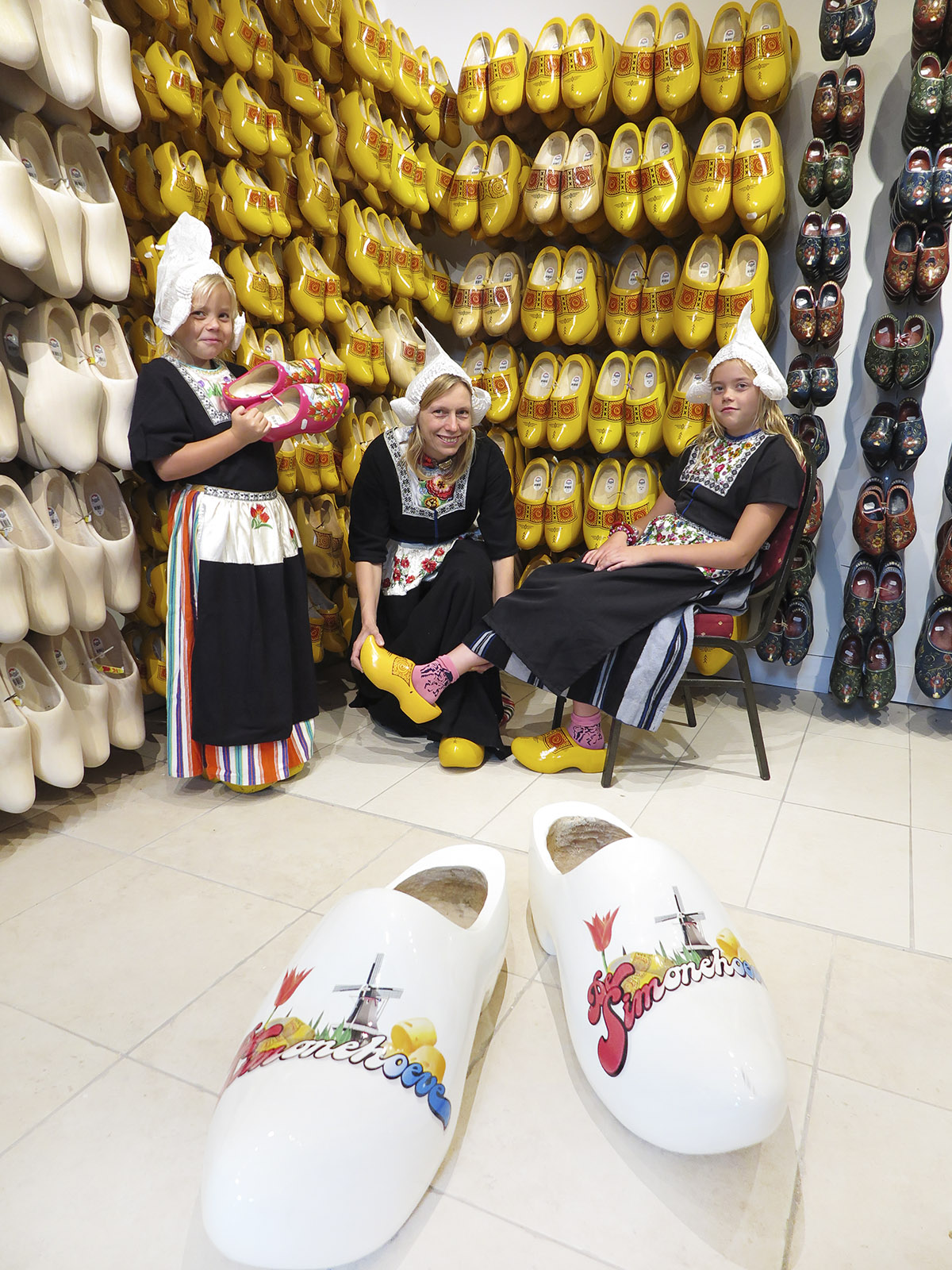Belgian Pralines: A sweet but not so short history

The tradition of chocolate and praline making in Belgium is a longstanding one, for which the Belgians are known around the world. A lesser-known fact is where and when pralines were invented and by whom. To answer these questions we first have to make a distinction: between the origin of the candy and the origin of the word.
We’ve come to know chocolates with a soft or liquid filling as Belgian pralines. The origin of this type of candy dates back as far as 1857 when Brussels pharmacist Jean Neuhaus used chocolate to cover medicine and its bad taste. Fifty-five years later, in 1912, Neuhaus Jr. replaced the medicine with a more tasty filling and called the sweet a ‘praline’.
At the time, the word ‘praline’ had actually been used for centuries already, to address another type of candy, namely sugar-coated almonds. Clement Lassagne, chef to the French Duke of Praslin, César Gabriel de Choiseul, decided to dip almonds in boiling sugar in 1636. When asked what this tasty sweet was called, he named it after his master: Praslin. Later on these sugared almonds became known as ‘pralines’.
Back to Neuhaus Jr., who was a very clever man, with an equally clever wife. The first pralines were sold in a typical Belgian cone shaped bag, mainly used for fries. Obviously these were not fit to keep the delicate pralines safe and so Neuhaus Jr.’s wife designed a gift box, or ‘ballotin’, in which the pralines could be stored uniformly, safely and of course beautifully wrapped. The rest as they say, is history.
A culture of chocolate
These days chocolate and chocolate making is part of the Belgium heritage. Unsurprisingly, on average Belgians eat 6 kilos of chocolate per person each year (according to the Royal Belgian Association of the Biscuit, Chocolate, Praline and Confectionary).
Over the years pralines became a token of love, not very surprising as each piece is made by hand, or at least the true Belgian pralines are, with much thought and love for the crafts. The real deal is often free of additives as well, which means you’ve got to eat the pralines quite quickly. But that doesn’t seem to be a problem for most people.
Praline and praliné
Perhaps you never realised it, but there is a distinct difference between praline and praliné. One being a piece of chocolate filled with a soft or liquid filling, the other being a certain type of filling. Praliné, a type of creamy filling, is made from crushed almonds, hazelnuts or other nuts combined with boiled sugar, vanilla and cocoa (and sometimes cocoa butter), reminiscent of the original praline invented by Clement Lassagne in 1636.
Praliné can also be a stand-alone candy: covered by only the wrapping and not, as is the case with pralines, covered by a layer of chocolate. Due to its popularity, a praliné paste can be bought in jars and used – for example – as a spread on sandwiches and cakes.
Delicate chocolate, delicate flavour
The flavour and texture combination for which pralines are known, and which helped them gain their fame, is unique on its own. It took other Belgian chocolatiers years before they were able to create a praline as delicate as the ones made by Neuhaus Jr. Now, over 100 years later, the praline has become not only an export product, but Belgian’s pride as well.
Subscribe to Our Newsletter
Receive our monthly newsletter by email




